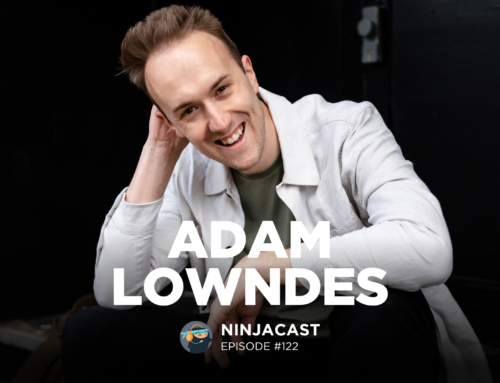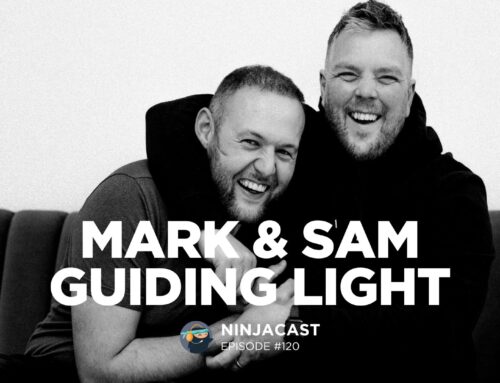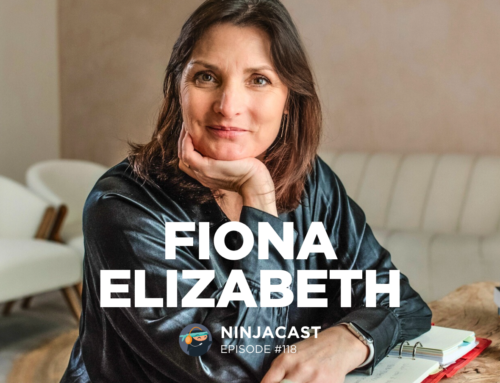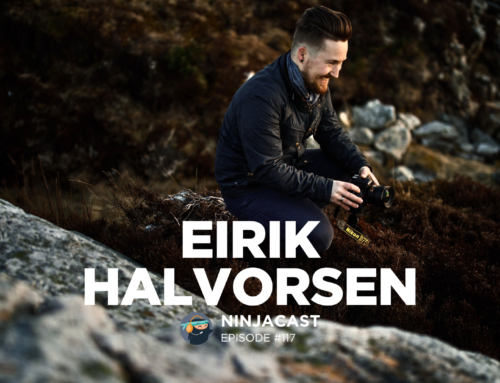079: Larissa Joice – Photoshop Hot Tips For Beginners & Retouching Etiquette
November 10, 2022
“There’s nothing wrong with looking at other photographers work and aspiring to shoot like them, but don’t stay there too long – move on and develop your own style.”
LARISSA JOICE
Hey everyone! It’s Sally here, from Studio Ninja. Today’s episode is all about Larissa Joice!
Whilst at University, Larissa earnt a degree in Illustration. On the way to being a photographer, she indulged her creativity through fine art, ceramics, and graphic design. All of those experiences feed into the photographs she takes today – it’s a way of seeing, of shaping memories into something solid. Something that lasts.
Larissa became a Mum in 2006 and since then, has been laser focused on photography and retouching.
Check out some of the biggest points from Larissa’s interview below:
How can photographers avoid the need for Photoshop?
I know that you don’t have much time to stop and think. But I think taking time to stop and think sometimes, and just looking in the background, if are, obviously there are times in weddings where you can’t move things out the background or people walk through, or there’s a registrar that likes to stand right there. But if there’s a bag that you can move or keys on the floor, yes. Okay, it’s easy for me to remove keys on the floor, but maybe not for somebody else. But just taking the time to remove those things if you can. I think also taking the time with your formals, taking the time with your clients to make sure, and I know that there are loads of different kinds of photographers. I know that there are some photographers that have got clients that are real sticklers for all of the things, but they’re both got clients that really chill that and say, “No, we’re fine. We don’t need a formals list. Just take photos of everybody and just try and get everybody in.”
And we know as photographers that that’s not always possible. That there are people that hide for the whole day and avoid you, and sometimes I think it’s important to say to your clients, “Well, okay, so if there are people that are really, really important on your wedding day, you kind of need to make sure that I get a photograph of them, because I might not. And if they’re really, really important, then they need to be on that formals list.” And I know that there are photographers who don’t do that, and that’s fine, but that will stop, because the number of people I get who are like, I’ve missed a shot with the bride and mom, or the dad and their parents or granny. And if you just take the time to talk to your clients and say, “Are these really, really important?”
Then if they come back to you after that and you’ve done all those things, then you can say to them, “Well, okay, so we did talk through this and I can’t Photoshop that for you, but it will cost you this much.” Or “I can Photoshop for you, I can do you an hour for free, but it will cost you this much.” And I think also, if you’ve got a client on a day that goes through the list or says, “Oh, don’t worry about it.” Then say, “Are you really sure? Are you sure if we don’t get this, how you will feel?” So I think that’s really important is just taking the time and just double checking with your clients and double checking with yourself.
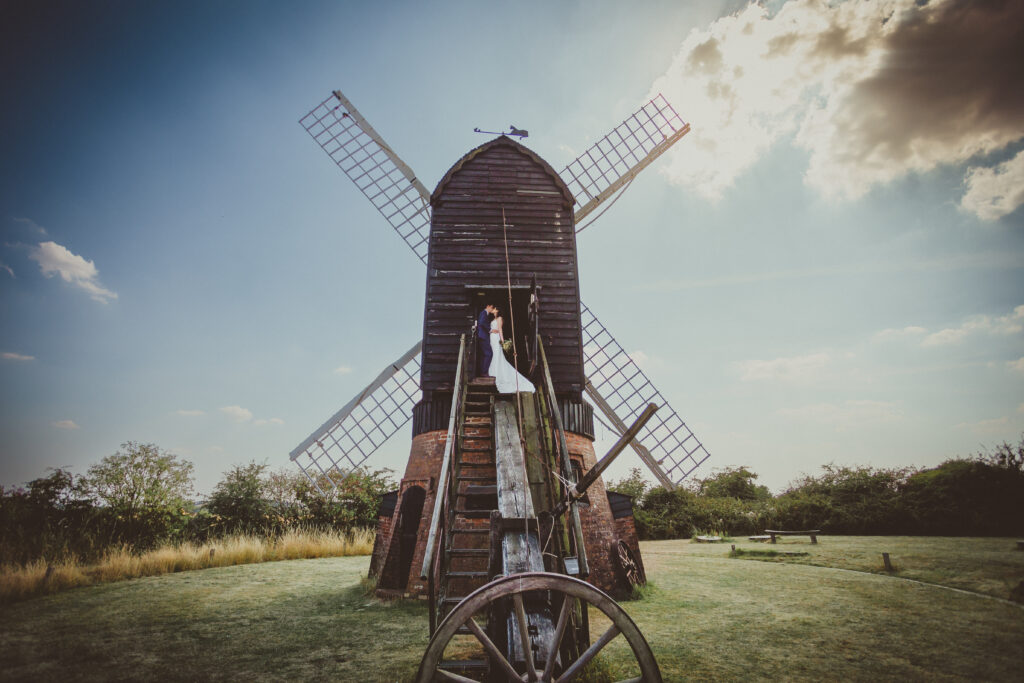
What is the etiquette when it comes to using Photoshop on clients?
I’m getting an awful lot of brides coming to me and asking to be retouched. I think from a photographer’s point of view, personally, I won’t do it unless there’s, somebody’s got a big spot, or, and it’s for the couple shots, which might end up on a wall. But I would never remove something that is there for life, like a scar or a mole. That stays there, unless somebody specifically asks me to remove it. And I will ask my clients ahead of time, especially if I see they’ve got a spot. Just say, “Do you want me to remove that or not?” I’ve, both myself and I know other people who have been retouched without being asked, and it hurts, and then you can’t look at those pictures without thinking, “Well, now I’m seeing the thing that photographer’s got rid of.”
So that’s important. When it comes to wrinkles, you have to bear in mind that, with different light sources, wrinkles will stand out more or less. So if you’ve got a really harsh light, then gently taking some of that shadow away is not taking away the wrinkles, it’s just taking away the shadow. Taking away the wrinkles altogether is something else entirely. Something I wouldn’t do unless somebody actually asked me. But taking away a little bit of the shadow, I don’t see it so bad because you’re not taking away the wrinkles. You’re just minimizing the shadow. But you have to do it in such a way that your client looks at those photographs and, rather than seeing the thing that they don’t like about themselves, they don’t see it. But what they definitely don’t see is any retouching work you’ve done.
But that applies more for things like headshots, rather than weddings. Because weddings, you’ve got a thousand pictures or whatever and you can’t be doing every single one. But it is about, with things like wrinkles, minimizing it, but in such a way that your client’s not just seeing it. That they love their picture, but they’re not seeing anything that you’ve done to it.
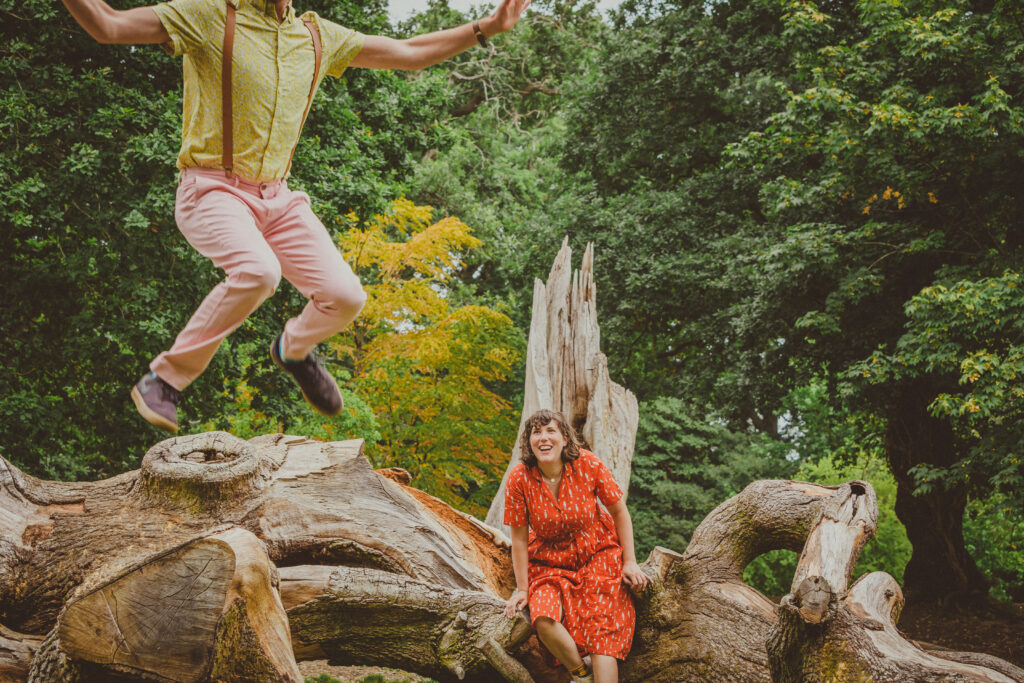
How has your ASD helped you in your work?
I’ve always been somebody that has seen the details. I think part of it is that I’ve been through the whole art college process. So I’ve learned to see. Spending hours drawing something means you do learn to see, and you learn to see patterns and things like that. But I’ve always, if I need to put cupboard in a space, I don’t need to measure it. I know down to the millimeter whether that thing will fit or not. And I don’t think that’s something I’ve learned. I think that’s just the way that I am. So that means that if I’m editing a photograph, I will be very aware of not making a pattern out of a clone, because that’s when you see it. If you are Photoshopping something and you make a pattern with a clone, and you can tell this in some Photoshopping jobs that aren’t mine, that, when somebody’s cloned something, and you can see it over and over again, and because I always look for patterns, it means that your client might see the pattern if they’re really a stickler for these things.
So, I don’t know. I think it just, yeah. It helps that I see patterns in things, that I can look at an image and see if it’s good enough. That yes, there are lots of different kind of photographers and some are really, really picky, and that being picky is not a bad thing. It’s just the way we are. And some people and some clients are a lot more relaxed. They just won’t see it. They just want a nice photograph. It’s a bit like when you’re photographing someone where a loved one is no longer there – I get a request for somebody to add somebody who’s passed away into a photograph. They don’t care about picky. They just want their loved one in that photograph. But, it’s being able to look at photograph and seeing if it’s enough. If you can look at it and if it’s believable.

Thank you!
Thanks again to you all for joining us and a huge thanks to Larissa for joining us on the show!
If you have any suggestions, comments or questions about this episode, please be sure to leave them below in the comment section of this post, and if you liked the episode, please share it using the social media buttons you see at the bottom of the post!
That’s it for me this week, I hope you all enjoyed this episode.
See you soon,
Sally

About Larissa Joice
Whilst at University, Larissa earnt a degree in Illustration. On the way to being a photographer, she indulged her creativity through fine art, ceramics, and graphic design. All of those experiences feed into the photographs she takes today – it’s a way of seeing, of shaping memories into something solid. Something that lasts. Larissa became a Mum in 2006 and since then, has been laser focused on photography and retouching.

